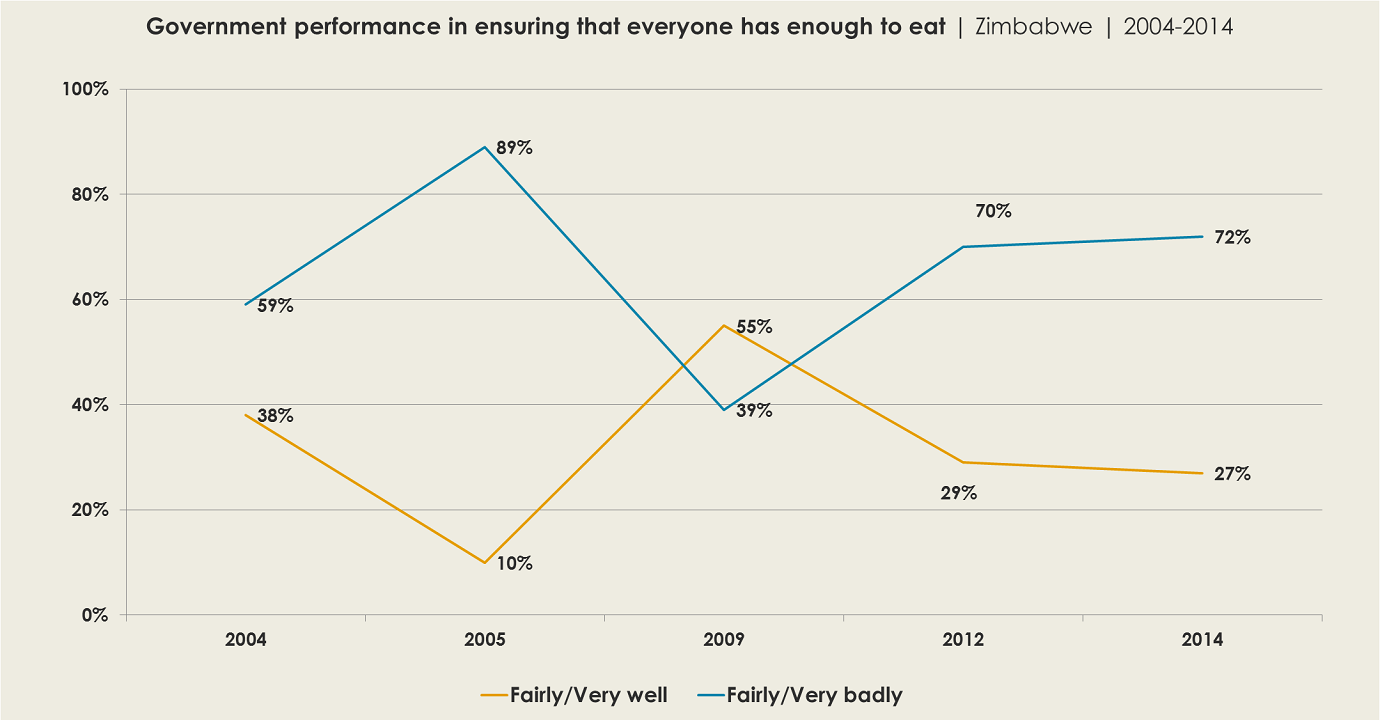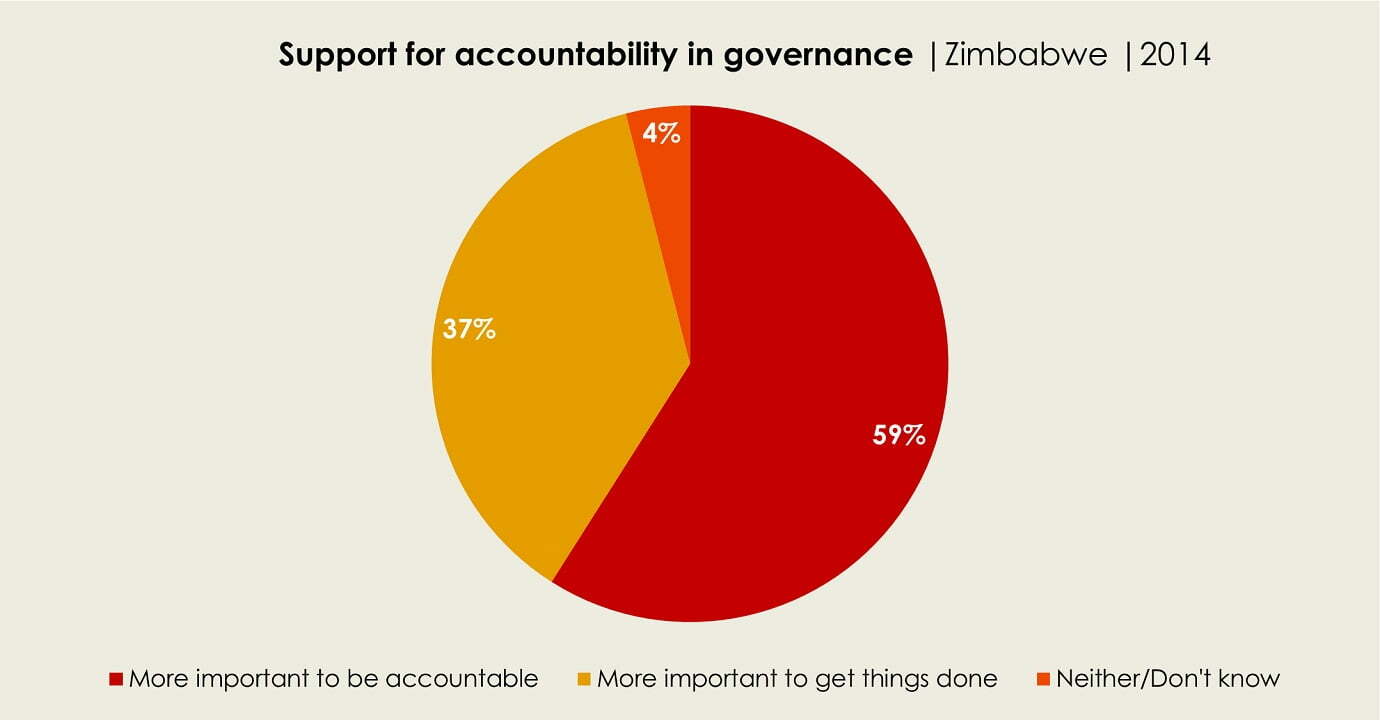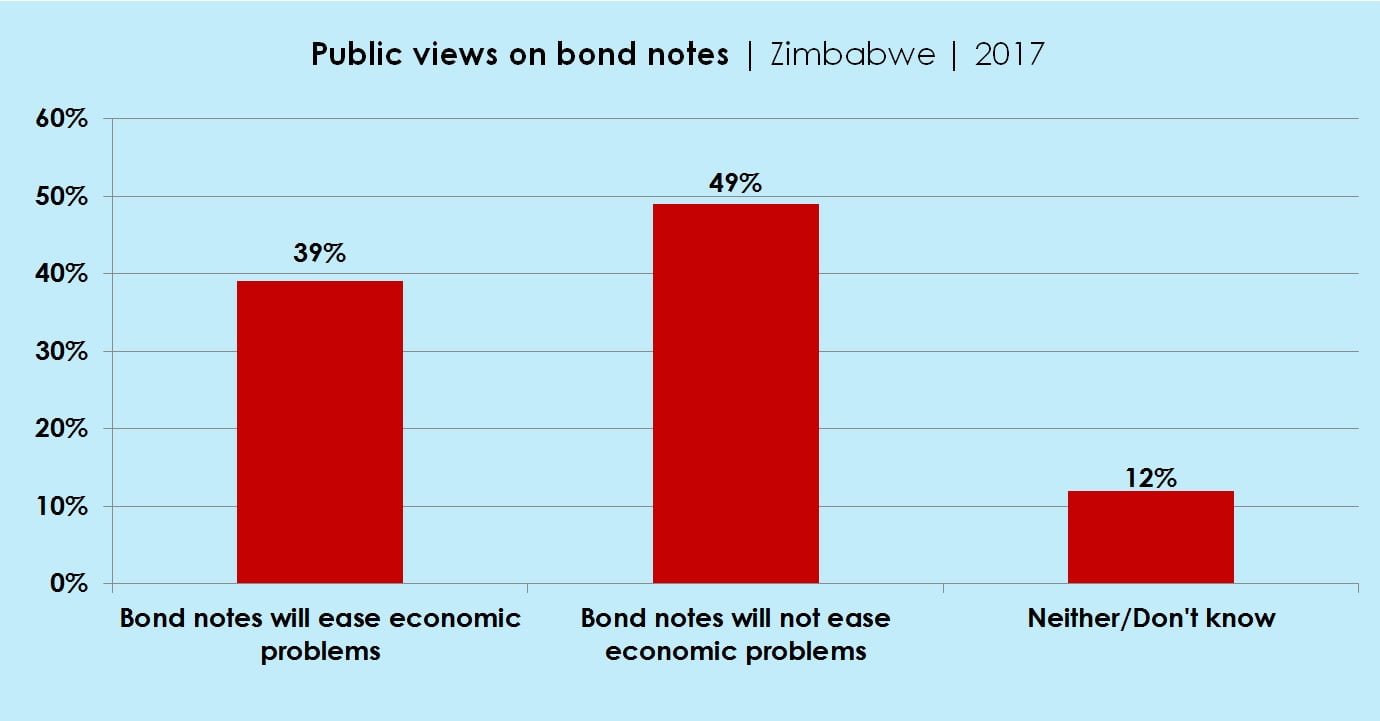- Almost half (48%) of Zimbabweans say they went without enough food at least once during the preceding year, including 29% who went hungry “several times,” “many times,” or “always.” While this is the lowest level in the past decade, it was recorded in November 2014, before the scope of the current crisis became apparent.
- Experiences of food shortages are most common among rural, older, and less educated citizens.
- More than seven in 10 Zimbabweans (72%) say their government performs “fairly badly” or “very badly” in ensuring that people have enough to eat. Negative government performance ratings have been the norm except for 2009, when euphoria over the new Government of National Unity may have helped produce a 55% positive rating.

Zimbabwe and other Southern African countries are facing one of their worst food shortages in decades (Oxfam, 2015; Plan International, 2016). In February 2016, President Robert Mugabe declared a state of disaster in rural parts of the country severely hit by a drought largely blamed on the impact of El Niño (Guardian, 2016; Herald, 2016; Reuters, 2016).
A rapid assessment led by the Zimbabwe Vulnerability Assessment Committee in January 2016 estimated that 2.8 million Zimbabweans are facing food insecurity (Zimbabwe Vulnerability Assessment Committee, 2016), although other estimates have ranged as high as 5 million (see Al Jazeera, 2016).
While weather plays a decisive role in food production, citizens also look to government action to promote food security. Afrobarometer surveys from 2004 to 2014 provide evidence that hunger is not a new phenomenon in Zimbabwe and that the government has generally fallen short of citizens’ expectations when it comes to ensuring that people have enough to eat.


